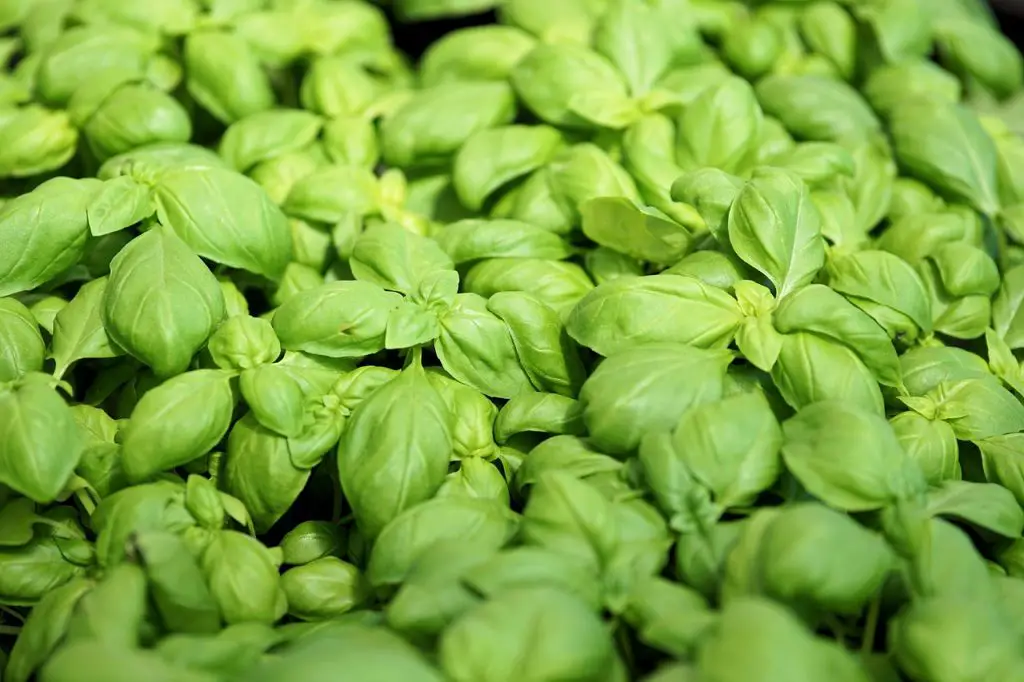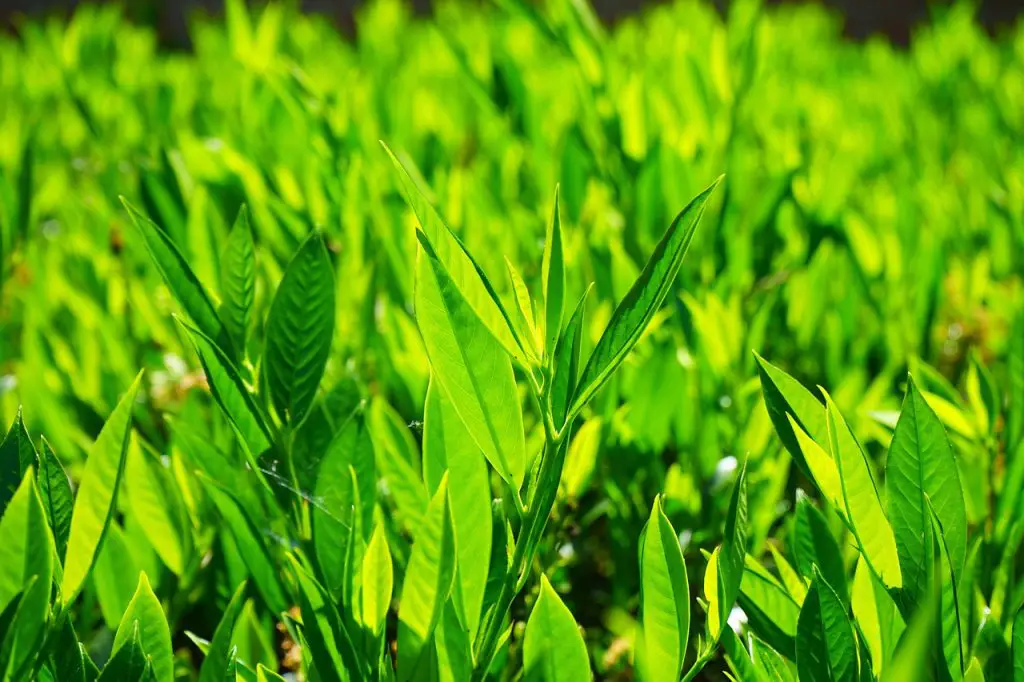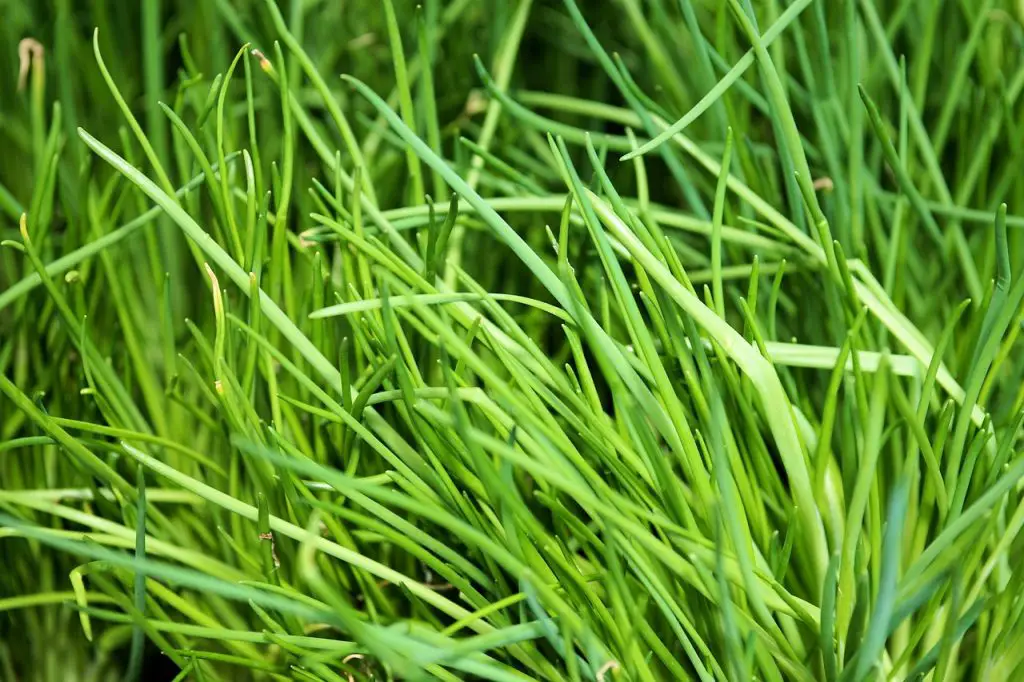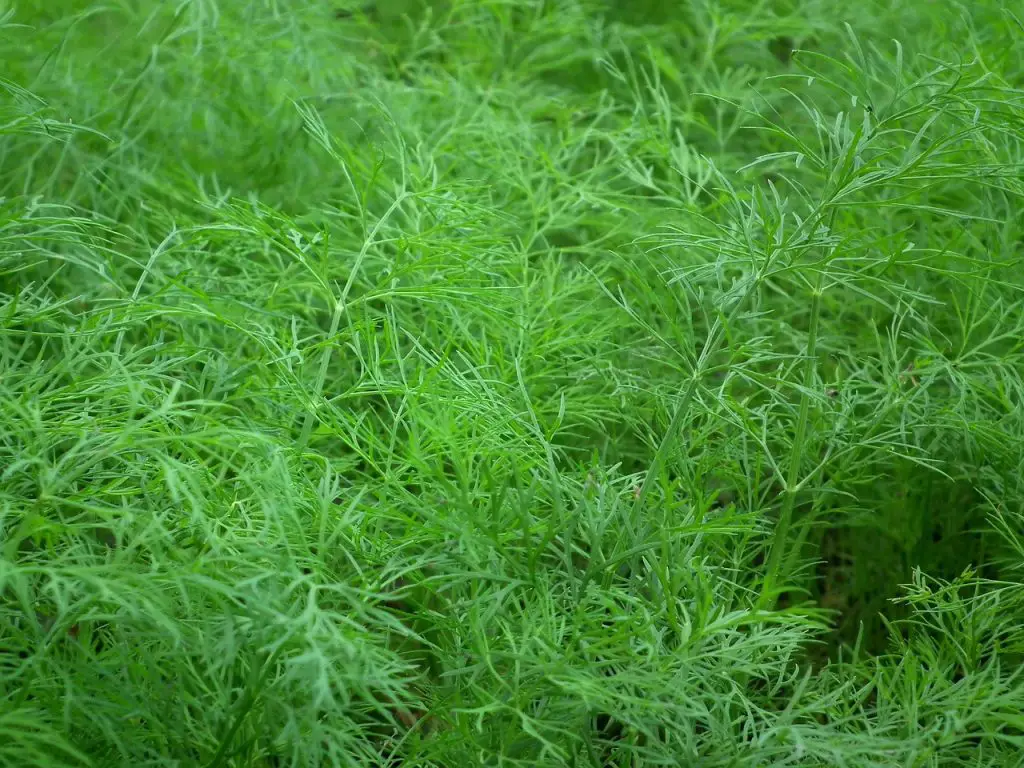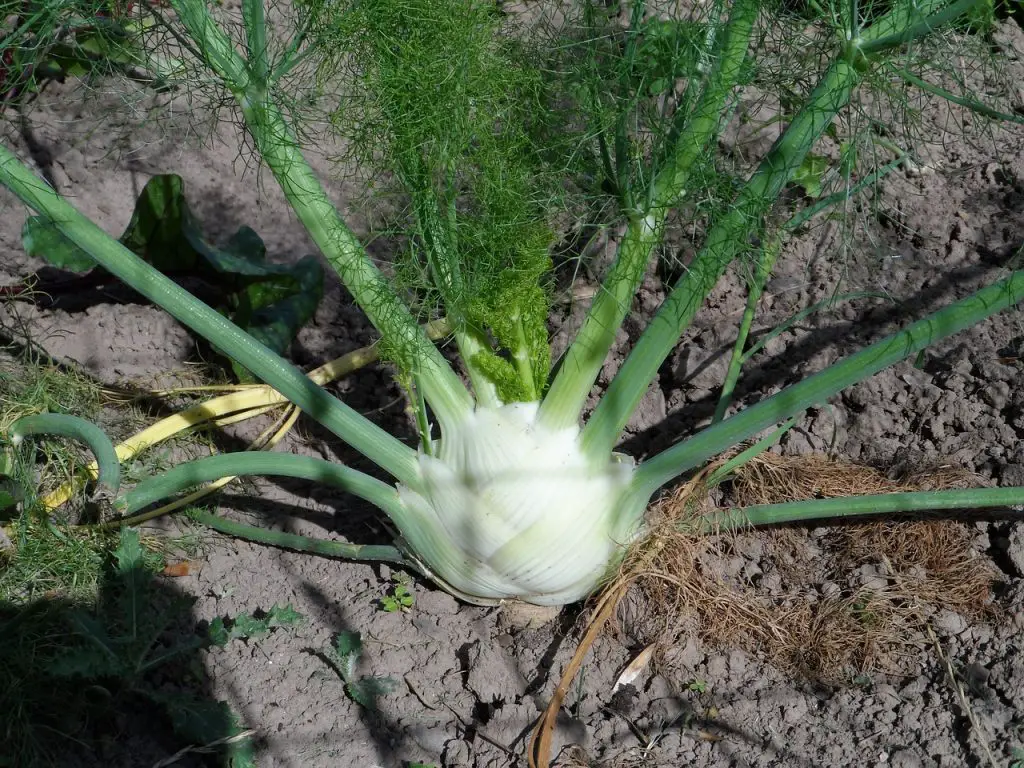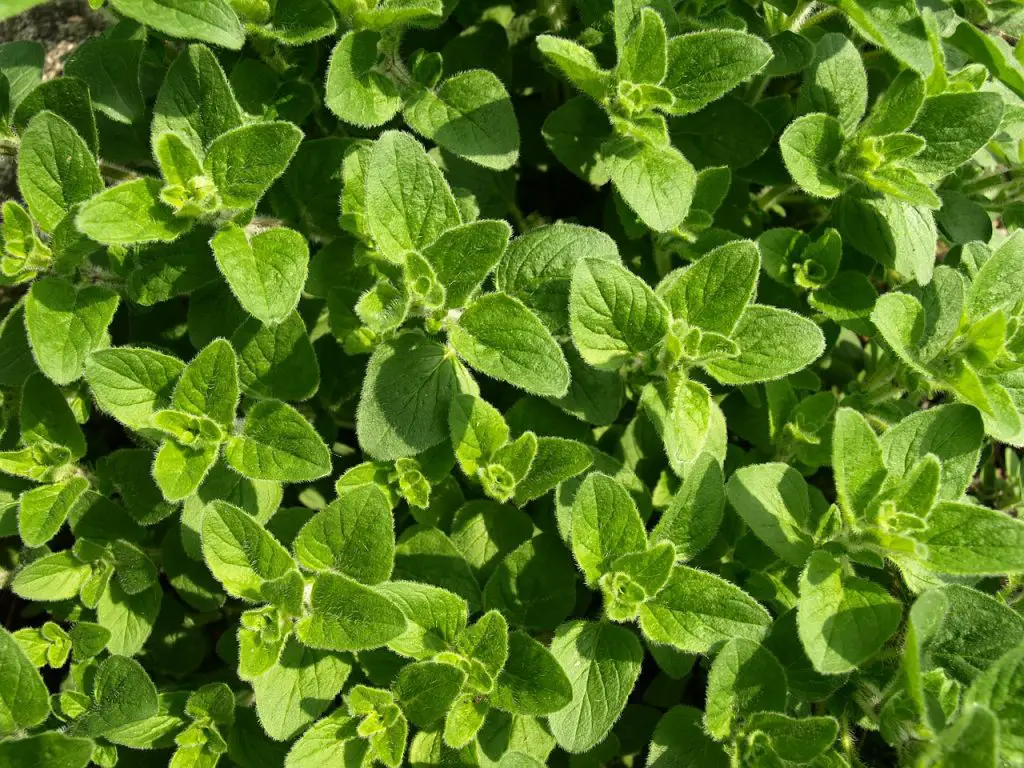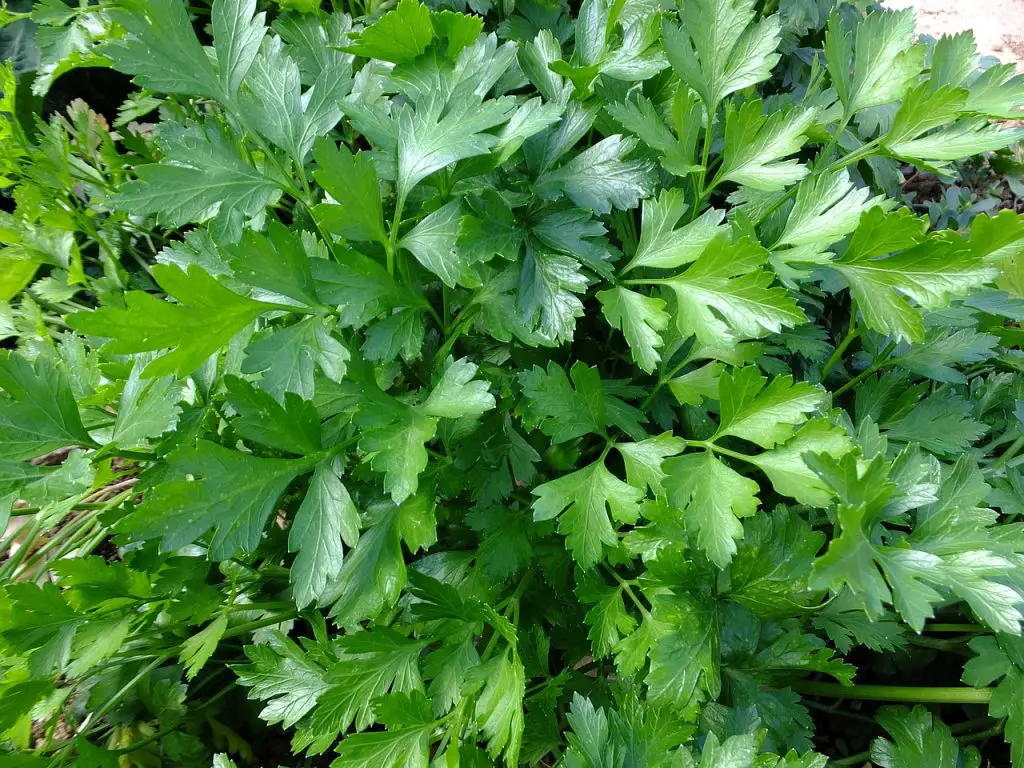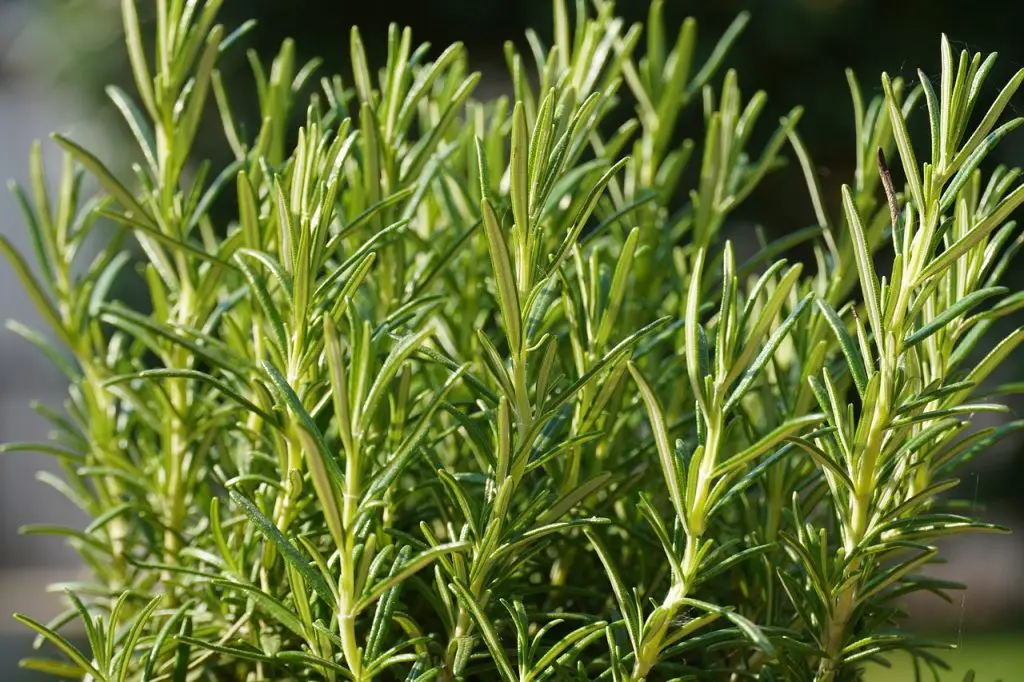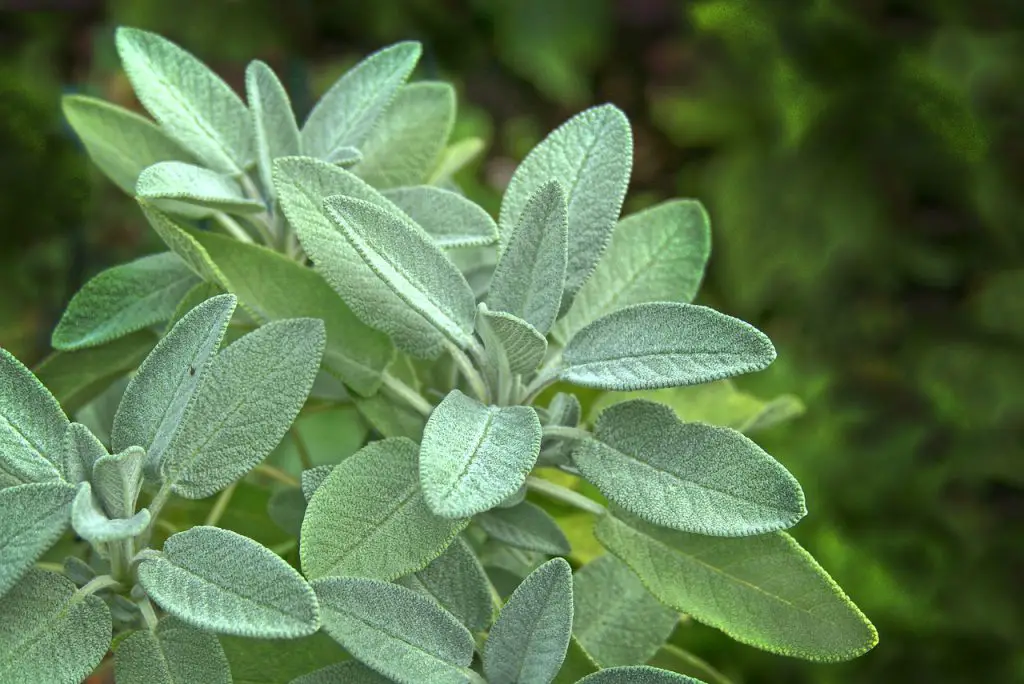For beginner gardeners, growing herbs can be an incredibly rewarding experience. Not only are they easy to grow, but they also add flavor and fragrance to any home-cooked meal. But with so many different types of herbs out there, it can be difficult to know which ones to start with. Luckily, we’ve put together a list of the top 10 easiest herbs for beginners – making it easier than ever to get started in your herb-growing journey!
Gardening is not just about getting your hands dirty – it’s about connecting with nature and having fun experimenting in the process. Whether you have a large outdoor space or a small container balcony garden, these ten herbs will give you the chance to explore this exciting hobby without feeling overwhelmed by too much work or stress. From basil and oregano to chives and thyme – all of these plants are sure to make even novice gardeners feel proud of their efforts as they watch them prosper over time.
1. Basil
Basil is a great herb to start with for beginner gardeners. Chances are, it’s already in your kitchen cupboard! With some regular watering and plenty of sunshine, you can quickly get a decent harvest from this fragrant herb. It isn’t fussy or difficult to maintain either – just make sure the soil is moist but not soggy. You’ll be surprised at how fast basil grows when given the right conditions.
The leaves have a wonderful aroma that will fill your yard (or balcony) with pleasant scents throughout the summer months. Plus, they’re full of flavor too – add them fresh to salads, sandwiches, dressings, and sauces for an extra burst of taste. As if that weren’t enough reason to grow basil yourself, there are also many varieties available so you can experiment and find out which one works best for you.
Even though basil needs lots of sunlight, it doesn’t necessarily need heat all day long – making it perfect for cooler climates as well as warmer ones. This means it can thrive no matter what season you choose to grow it in, adding variety and interest to your gardening year-round. Basil is also relatively resistant to pests; however, look out for snails and slugs who love munching on its tender young shoots!
2. Bay Leaf
Bay leaf is easy to care for. It requires little maintenance and grows quickly. Plus, it adds a nice aroma and flavor to cooking dishes.
To start your bay leaf plant off right, choose a spot in your garden with plenty of sunlight and good drainage. Plant the seeds or seedlings about 1/2 inch deep into moist soil that has been enriched with compost. Water generously when planting and keep the soil consistently moist until germination occurs – typically within two weeks after planting. Prune regularly to encourage healthy growth and shape the plant; bay leaves can reach up to 10 feet tall!
Harvesting bay leaves is simple: simply pluck the mature leaves from the branches as needed for cooking recipes. When harvesting, try not to take more than one-third of each branch at once so that you don’t damage the rest of the shrub too much. You can also dry them out by laying them on wax paper or parchment paper in direct sunlight for a few days before storing them in airtight containers away from light sources.
With some basic knowledge and proper care, you’ll be able to easily maintain a thriving bay leaf bush at home! The sweet smell of fresh bay leaves will add depth and flavor to any dish you cook – making it a great addition to any kitchen garden.
3. Chives
Chives (Allium schoenoprasum) are an ideal herb for novice gardeners to grow. This hardy perennial is versatile and can be used in a variety of dishes, from salads and soups to sauces and stir-fries. Plus, it’s low maintenance!
Chives thrive in full sun or partial shade with moist soil that drains well. They don’t require much fertilizing; instead, simply cut back the foliage about once every two weeks to encourage more growth. Additionally, chives are drought tolerant so you won’t have to worry too much about watering them regularly throughout the growing season—just make sure they get enough water during extended dry spells.
These prolific plants will quickly fill up any space so it’s best to separate them into individual containers if necessary. When planting, keep the root ball just below ground level but above any surrounding weeds or turfgrass. Plant in clusters of three or four bulbs; this helps create denser patches of foliage while providing better air circulation around each plant. With these simple steps, soon your chive patch will be thriving!
Harvesting chives is also very easy – all you need is a pair of scissors or kitchen shears to snip off what you want when needed. Just remember not to take more than one-third of the plant at a time as this may stunt their growth over time.
4. Dill
Many people think growing herbs is difficult, but that’s not true. Dill is one of the easiest herbs to grow and doesn’t require a lot of care or effort. It can be grown indoors in containers or outdoors in gardens with very little maintenance required.
Dill has many beneficial uses both culinary and medicinal; it adds flavor to food, help aid digestion, and even acts as an insect repellent when planted near other vegetables. Plus, dill grows quickly and can be harvested within weeks! All you need for successful growth are well-drained soil and plenty of sunshine – perfect for beginner gardeners who don’t want to wait months before seeing results.
Growing dill from seed takes some patience, so if you’re new to gardening it might be easier to find starter plants at your local nursery instead. Once planted outside or in containers, they should flourish without much help from you. Just make sure they get adequate water during dry spells; otherwise, their leaves will start wilting until watered again.
With its attractive foliage and delicate aroma, dill makes an excellent addition to any home garden or patio container setup. Its mild flavor enhances salads, soups, stews, and sauces – plus it attracts butterflies too.
5. Fennel
Fennel is a herb that is easy to grow and adds a delicious aniseed flavor to dishes. It’s fast-growing, hardy, and can be harvested all year round with proper care. Fennel prefers well-drained soil in full sun or partial shade. Sowing fennel seeds directly into the ground after the last frost of spring will produce plenty of foliage for harvesting. To encourage bolting (flowering) during warm weather, thin out young seedlings so they are spaced at least 6 inches apart.
When planting, mix some compost or aged manure into the soil before sowing your seeds. If you’re growing container plants indoors, use a nutrient-rich potting mix instead. Keep the soil moist but not waterlogged; too much moisture can cause root rot. When flowering begins – usually late summer – cut off flower heads to keep leaves tender and sweet tasting. You should also pinch off any yellowing lower leaves as these contain bitter flavors which could spoil certain recipes if used fresh in salads or cooked dishes.
Harvesting is best done when temperatures are cool; otherwise, the flavor may suffer from heat stress damage. Cut stems just above leaf nodes where new growth appears on each stem; this encourages side shoots to form faster than leaving stubs behind would do. Once harvested, store fennel bulbs in plastic bags lined with paper towels inside their refrigerator crisper drawer for up to two weeks without spoiling their taste or texture quality significantly.
6. Lemongrass
Growing lemongrass is as easy as pie. With little effort, you can have a lush, fragrant herb garden that will entice your senses and leave a lasting impression. This hardy perennial plant flourishes in warm climates but it’s tolerant of cooler temps too, so anyone can enjoy the citrus-scented benefits!
The key to success in growing lemongrass lies in its soil requirements. It needs well-draining soil that’s rich in organic matter; this helps keep the roots properly hydrated while also providing proper nutrition for optimal growth. For those living in colder regions, mulching around the base of the plant provides extra insulation against frost damage during winter months.
Lemongrass is incredibly low maintenance and very forgiving when it comes to watering – just water whenever the top few inches of soil are dry or every other week depending on how much rainfall your area receives. Additionally, because it grows rapidly and produces such full foliage coverage quickly, weeds rarely stand a chance at competing with it.
Overall, if you’re looking for an aromatically pleasing addition to your outdoor space then look no further than lemongrass – it’ll bring a delightful aroma to any garden without taking up too much time or energy from you! Transitioning seamlessly into our subsequent section about why oregano is easy to grow…
7. Oregano
Oregano is a great herb to add to any garden, especially for beginners. It’s an easy plant to grow and can be grown in almost any climate that isn’t too hot or cold. The best way to use oregano in the garden is by planting it as seeds or cuttings from existing plants. Planting oregano as seedlings will give you a much better chance of success than trying to start them from scratch. If you’re starting from scratch, make sure your soil has good drainage so the roots don’t get waterlogged.
Once planted, oregano needs very little maintenance other than occasional watering and pruning. It doesn’t require fertilizing unless you want faster growth. Oregano likes full sun but can tolerate some shade if necessary. Prune back dead leaves and stems regularly throughout the growing season to keep the shape of the bush attractive and encourage new growth.
In terms of harvesting oregano, it’s best done when flowering buds appear on the stem tips right before blooming begins; this indicates that they are at their peak flavor intensity! Take small snips with scissors rather than pulling off entire branches, since this will help ensure continued regrowth throughout the summer months. You can also dry oregano for future use — simply hang sprigs upside down in a warm, dark place until completely dried out (about four weeks).
Overall, oregano is an incredibly forgiving herb that’s perfect for beginner gardeners who are looking for something relatively low-maintenance yet flavorful and fragrant year-round. Its ease of care makes it well worth adding to your culinary repertoire — just remember not to overwater it.
8. Parsley
Parsley is one of the easiest herbs for beginner gardeners to cultivate. Take Mary, a novice gardener who recently moved into her first home. With a little effort and dedication, she was able to create an impressive herb garden in no time at all! Here are some reasons why parsley makes growing your own herbs so easy:
Quick propagation: Parsley can be grown from both seeds and cuttings, making it simple to get started with this herb. The plants require minimal care once they’ve been established, meaning you won’t need to spend too much time caring for them.
Low maintenance: Parsley doesn’t take up too much space or need too much attention, making it perfect for those looking for a low-maintenance plant. It requires only moderate watering and tolerates most soil types including clay soils, sandy soils, and loamy soils. Plus, its deep green leaves look great when added as a garnish to salads or other dishes!
Disease resistance: Parsley has natural disease resistance due to its thick foliage which helps prevent diseases like powdery mildew from taking hold on your plants. This means that if you have any issues with pests or fungus during the summer months, you don’t need to worry about treating your parsley plants since they should remain healthy even without extra protection.
All of these factors make parsley incredibly easy for beginners to grow successfully without putting in too much effort. Its versatility also adds another layer of convenience; whether used fresh or dried, parsley can bring flavor and nutrition into many dishes while adding visual appeal through its vibrant coloration.
9. Rosemary
Rosemary is a fantastic herb for beginners because it’s easy to grow and hardy enough to survive most climates. It has needle-like leaves and can be grown in the garden or indoors in containers. Outdoors, rosemary prefers full sun and well-drained soil with plenty of organic matter added. Indoors, it needs bright light but not direct sunlight.
Rosemary also requires little maintenance once established. For best results, water regularly while keeping the soil evenly moist but never soggy. When pruning rosemary plants outdoors, use sharp scissors to trim back any woody stems that are more than two years old – this will encourage new growth from lower down on the plant. Fertilize your rosemary every spring using a balanced fertilizer; this will help keep it healthy and provide good harvests throughout the year.
If you’re looking for an attractive addition to your garden that won’t require too much effort, then look no further than rosemary! Its fragrant foliage adds texture and color to borders or rockeries, making it an ideal choice for novice gardeners who want something low-maintenance yet beautiful. Plus, its flowers attract pollinators like bees and butterflies so you’ll have plenty of useful visitors around your home as well!
Its versatility doesn’t stop there either: dried or fresh sprigs can be used in cooking or made into teas – perfect if you’re looking for some extra flavor in your meals or drinks! With all these great benefits, it’s clear why rosemary is quickly becoming one of the go-to herbs for beginner gardeners across the country.
10. Sage
Sage is an easy herb to grow, even for those with little gardening experience. According to the National Gardening Association, 60% of home gardeners have grown sage in their gardens. Its hardiness and ability to tolerate various soil types make it a great choice for beginners.
The care requirements are minimal – once established (usually after one season), sage needs only occasional watering during dry spells, as well as pruning of spent flower stalks. Sage grows best in full sun but can also handle partial shade; this makes it a versatile addition to any landscape or container garden.
Because of its drought tolerance, sage is not as susceptible to many common diseases and pests that plague other herbs such as parsley and basil. Pest control methods are rarely needed if proper growing conditions are maintained – good air circulation around plants and keeping them free from weeds will usually prevent most insect problems.
In short, sage is low maintenance and undemanding, making it perfect for novice gardeners who want an attractive herb that’s simple to maintain year-round in both indoor and outdoor settings. Whether you’re just starting out or looking for ways to expand your herb garden repertoire, consider adding some beautiful and fragrant sage plants!

